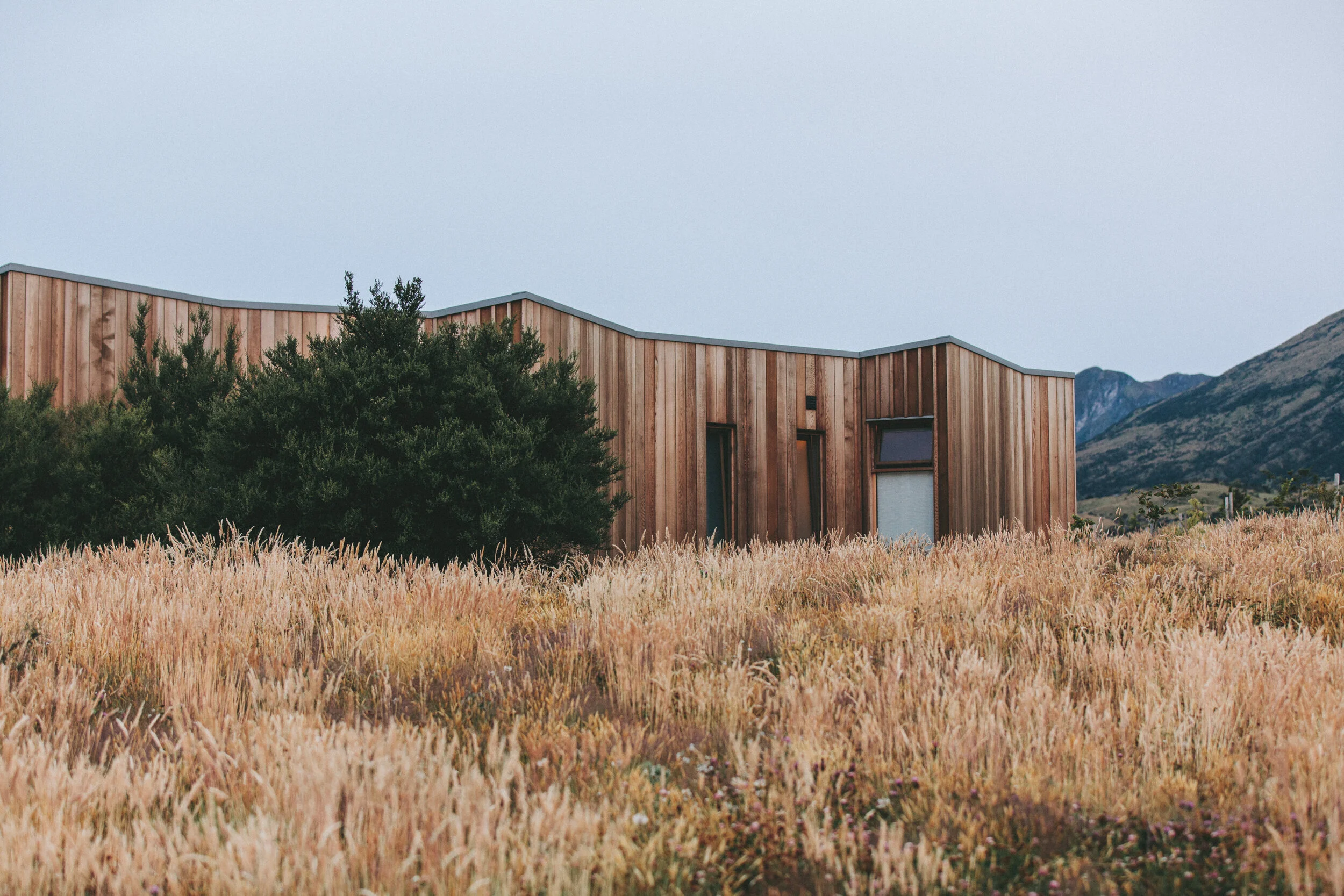
Make it stand out.
The Ground on Which I Stand
A Visual Storytelling Program to Explore Personal Historical Journeys
Jaryn Chevalier and Marti Corn meet for the first time since their interviews during an exhibit in Tamina and launch of The Ground on Which I Stand.
Exercise:
Introducing Your Students to the Oral History Process
The following exercise encourages students to learn how to ask questions, listen carefully, and practice determining follow-up questions. It also gives them a chance to experience playing the role of the narrator, and to pay attention to what kind of questions and body language the interviewer employs to make them feel most comfortable.
Taking into consideration a specific topic you’re discussing in class, ask your students to recall a story in their life that may be relevant.
Break the students up in pairs, and ask each student to take turns sharing their story with their partner, giving time for the listener to ask questions in order to expand on the narrator’s experience. No more than fifteen to twenty minutes is needed.
Once this is complete and students have returned to their seats, invite them to talk about the experience. What was it like to share a personal experience with someone they may or may not know well? What in their story was surprising? Was it difficult to come up with questions that allowed the storyteller to expand on their experience?
Now, discuss how a historian or interviewer can dig deeper into the interview. Ask questions that are open-ended, as opposed to ones that require only a yes or no answer, and work with your class to develop a list of open-ended questions. Write them on a board to help them further understand.
